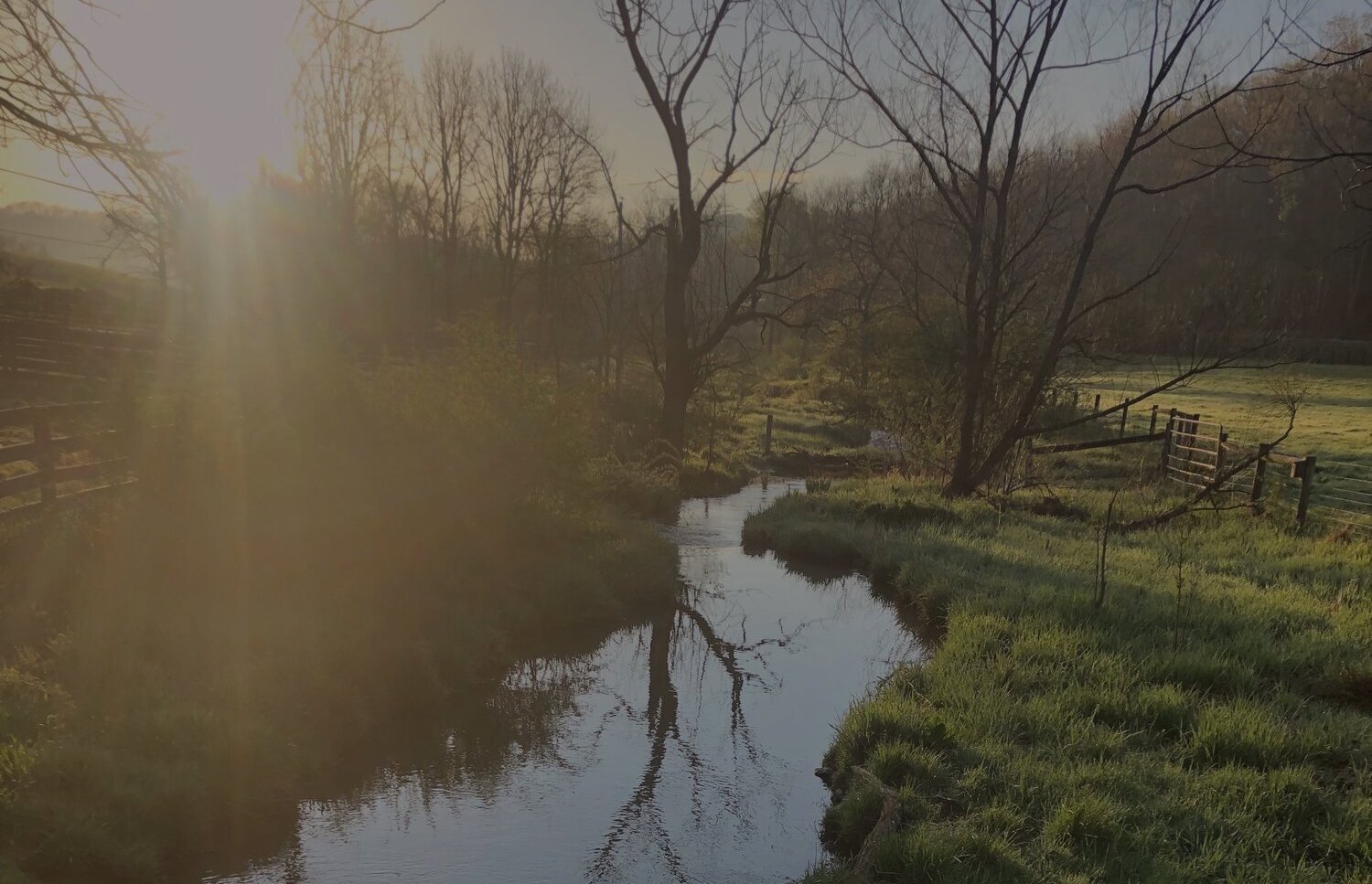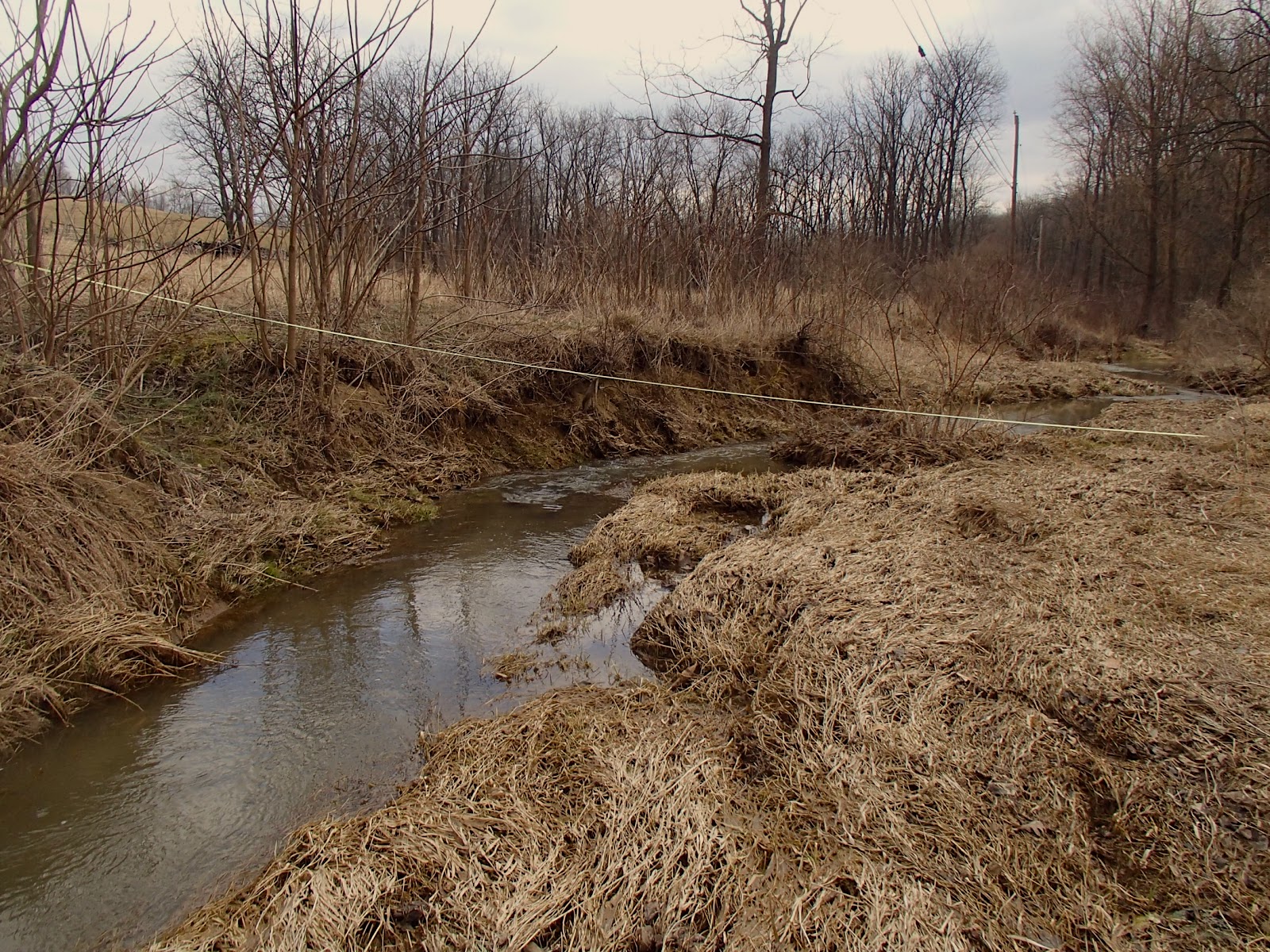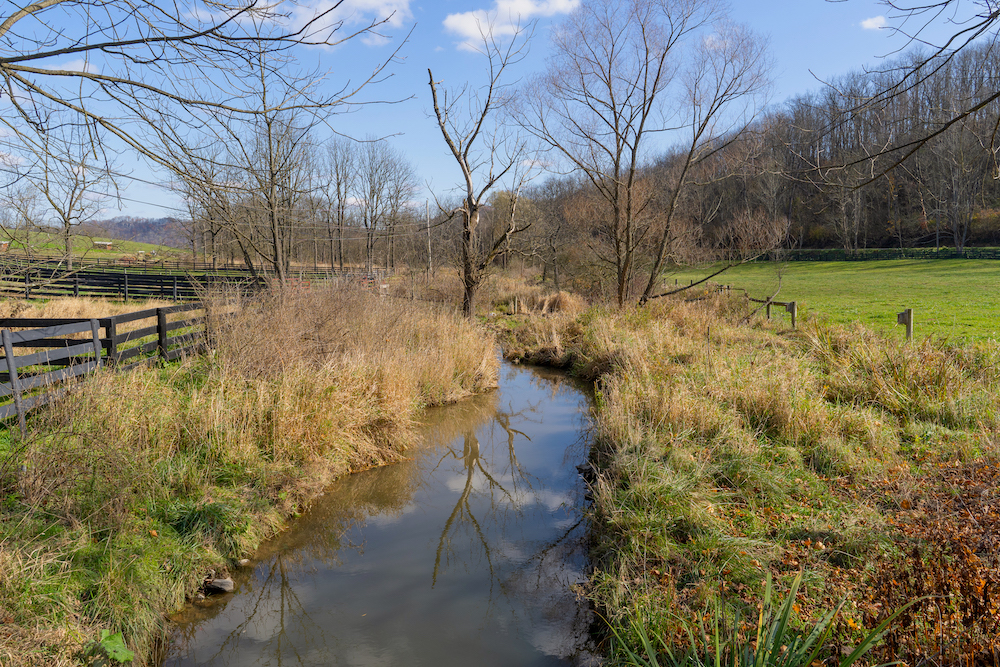
Restoration Overview
The Emma Creek Stream Restoration Project was completed in August, 2014. Over 1600 feet of stream were restored using log cross vanes, mudsills, and bank grading. As the current land use at the project is agricultural, the addition of 4 alternative watering systems and 200 feet of new fencing ensures that cattle are permanently removed from the majority of the restoration site. In spring of 2015, a 50-70 ft. riparian buffer will be planted along the length of the project. The restoration measures to date have increased water clarity, reduced nutrient loads, and maintained a connection between the stream and cool groundwater flow, all of which are necessary to improve native trout health and reproduction.
Water Quality Improvements
Excess nutrients and sediment produced by agricultural runoff, creates adverse conditions to trout and other organisms living in the creek. Our stream restoration on Emma’s Creek, removes excess nitrogen, phosphorus, and sediment on a daily basis to improve water quality.
880
Pounds of nitrogen/year reduced
61
Pounds of phosphorus/year reduced
37
Tons of sediment/year reduced

Implementation Approach
The restoration was constructed for less than 1/10th of the cost of a legacy sediment project that was proposed for our farm. Instead of lowering the floodplain, we created a floodplain of appropriate width at the current elevation. The stream has the ability to transport sediment through the project area and is now working as a sediment sink rather than a sediment producer.
Site Assessment

Our restoration team identified over 1600 linear feet of easily erodible legacy sediments creating a high vertical bank along Emma's Creek.
Stream Section Targeting

Post site assessment, our project team targeted specific stream sections in need of restoration. Bank grading and the construction of a log crib (mudsill) were chosen actions to create a floodplain and stabilize the bank in vulnerable spots like this one
Project Implementation

This is the lower end of the same site following a bank full flow. With appropriate channel and flood plain dimensions the stream is stable. Log cribs were built to support a bankfull bench that provides a floodplain, bank protection, and overhead cover. The cost of this structure is roughly $60 per foot.
Project Completion

Having addressed sediment erosion by restoring the stream bank and channel to their natural design, our operation maintains a vegetative grass buffer to filter nutrients before they hit the stream. Routine buffer monitoring and maintenance occur quarterly to ensure this management practice remains of functional benefit to the landscape and water quality
